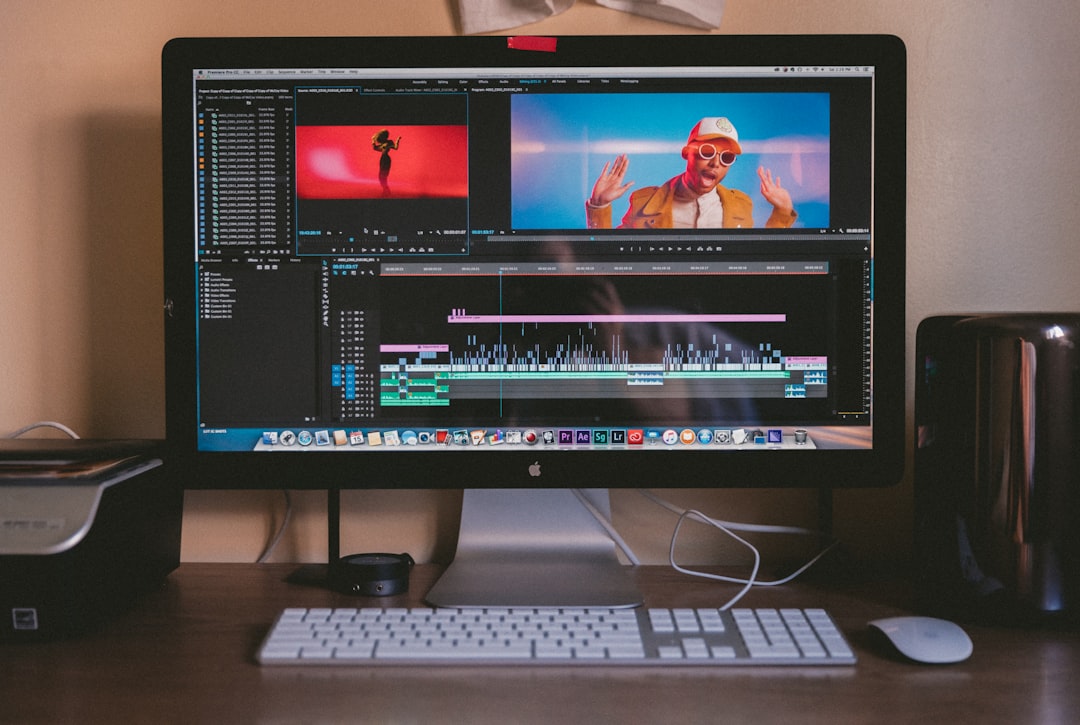If you’re an Adobe Premiere Pro user, you may have encountered an aggravating error: “Unsupported Compression Type”. This message often appears when you’re trying to import video files, usually those captured from screen recording tools or mobile devices. The core of the issue lies in the codec or compression format used in your media file—formats that Premiere Pro might not fully support. Fortunately, there are several practical solutions to resolve this problem and get your editing workflow back on track.
1. Convert the File Using a Reliable Video Converter
One of the most dependable methods is converting your video file to a format and codec Premiere Pro supports, such as H.264 or Apple ProRes. Free and paid tools like HandBrake, Shutter Encoder, or Adobe Media Encoder can make this process easy and efficient.
- Install a reliable video converter.
- Choose a supported output format (e.g., MP4 with H.264).
- Adjust resolution if needed, and convert the file.
This method ensures compatibility without sacrificing much video quality.

2. Install Missing Codecs
If you’re working on a Windows PC, it’s possible the required codec simply isn’t installed. For instance, files compressed with HEVC (H.265) may not play or import correctly unless additional support is added. Here’s what you can do:
- Identify the codec used in your video file using tools like MediaInfo.
- Download and install the specific codec pack, such as the HEVC Video Extensions from the Microsoft Store.
- Restart Premiere Pro and try importing the file again.
Be cautious when downloading codecs—always use trusted sources to avoid malware risks.
3. Transcode Files Using Adobe Media Encoder
If you’re heavily invested in Adobe’s ecosystem, Adobe Media Encoder is perhaps your best ally. It integrates seamlessly with Premiere Pro and is capable of efficiently transcoding unsupported files into highly compatible formats.
Steps to follow:
- Open Adobe Media Encoder.
- Load the problematic file.
- Select a format like QuickTime or H.264.
- Click the green play button to start the transcoding process.
Once complete, import the new file into Premiere Pro without errors.

4. Update Adobe Premiere Pro and GPU Drivers
Sometimes, the issue stems from outdated software. Adobe regularly updates Premiere Pro with new codec support and performance fixes. Similarly, using the latest GPU drivers ensures smoother playback and decoding.
To update Premiere Pro:
- Open Adobe Creative Cloud.
- Check the ‘Apps’ section for available updates.
- Install the latest version of Premiere Pro.
Update your GPU driver:
- Visit the official site of your graphics card manufacturer (NVIDIA, AMD or Intel).
- Download the latest driver, and follow installation instructions carefully.
5. Use a Different Recording Tool or Format
If the videos you consistently import into Premiere Pro throw the same compression issues, it may help to revise your recording setup. Some screen recorders use non-standard codecs or variable frame rates. Here’s what you can try:
- Switch to a recorder that offers more compatible file formats (like OBS Studio).
- Adjust the settings to use H.264 or Apple ProRes as output codecs.
- Keep frame rates consistent with common editing configurations (like 30 fps or 60 fps).
Ensuring your recording setup uses formats Premiere Pro can easily read will minimize issues.
6. Check File Integrity and Re-download If Needed
Corrupted files can also trigger the “Unsupported Compression Type” error. This is especially common when files are transferred through unreliable media or downloaded from suspect sources.
Steps to verify file integrity:
- Try playing the file in VLC Media Player or another video player.
- If the video stutters, freezes, or doesn’t play, it might be incomplete or corrupted.
- Re-download or re-export the file from its source whenever possible.
Maintaining a clean transfer protocol when moving large video files—such as using checksum verification or cloud syncing—is a best practice that can prevent such problems from recurring.
Conclusion
Dealing with unsupported compression issues in Adobe Premiere Pro can be frustrating, but it’s far from a dead end. By converting file formats, installing codecs, updating software, or refining your recording process, you can sidestep these limitations effectively. Understanding the constraints of your tools and preparing your media accordingly is the key to a smooth editing experience.
Whether you’re a beginner or a professional, ensuring codec compatibility from the get-go will save valuable time and maintain your creative momentum.
